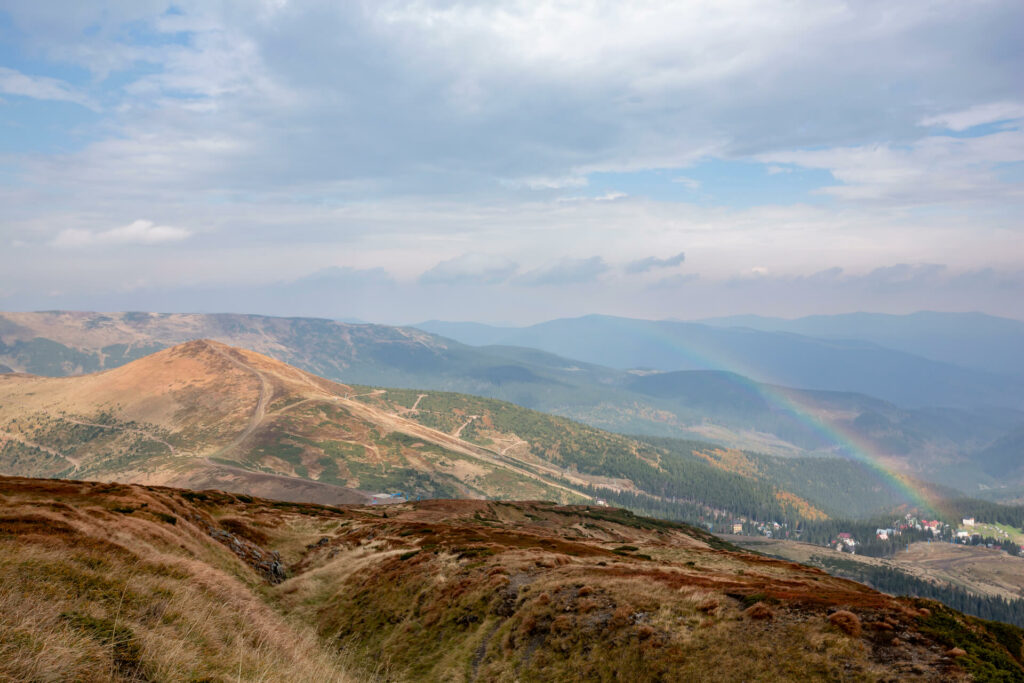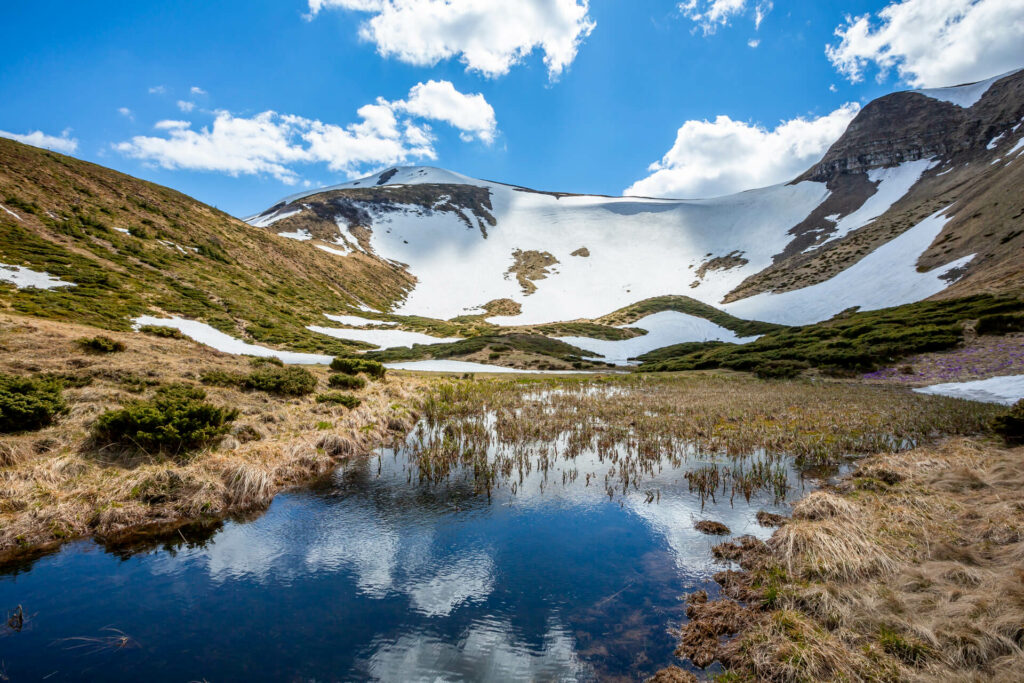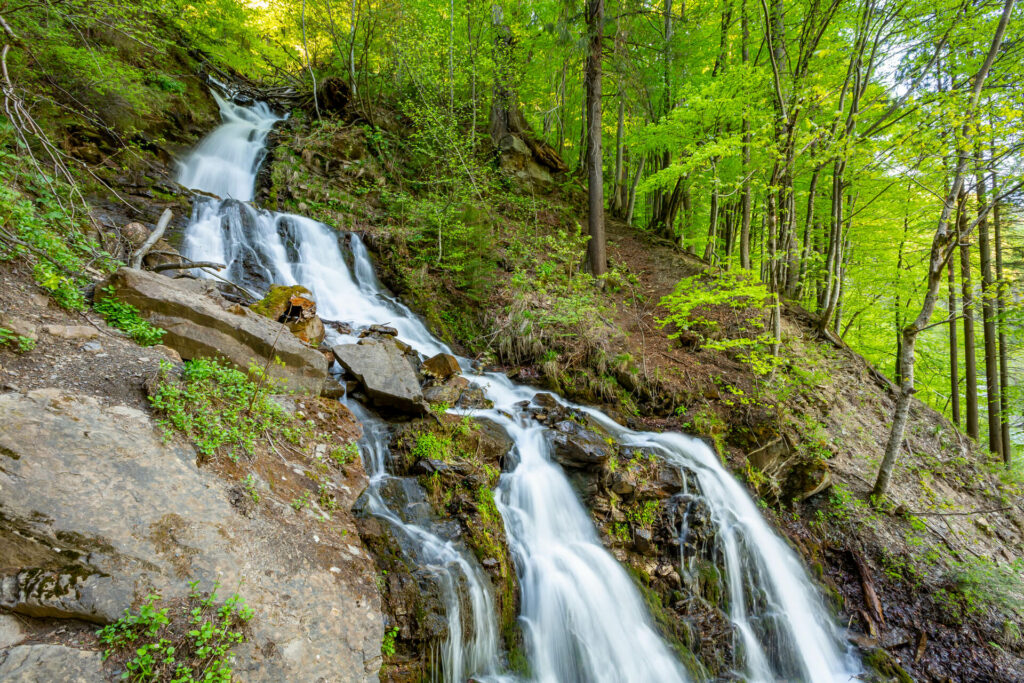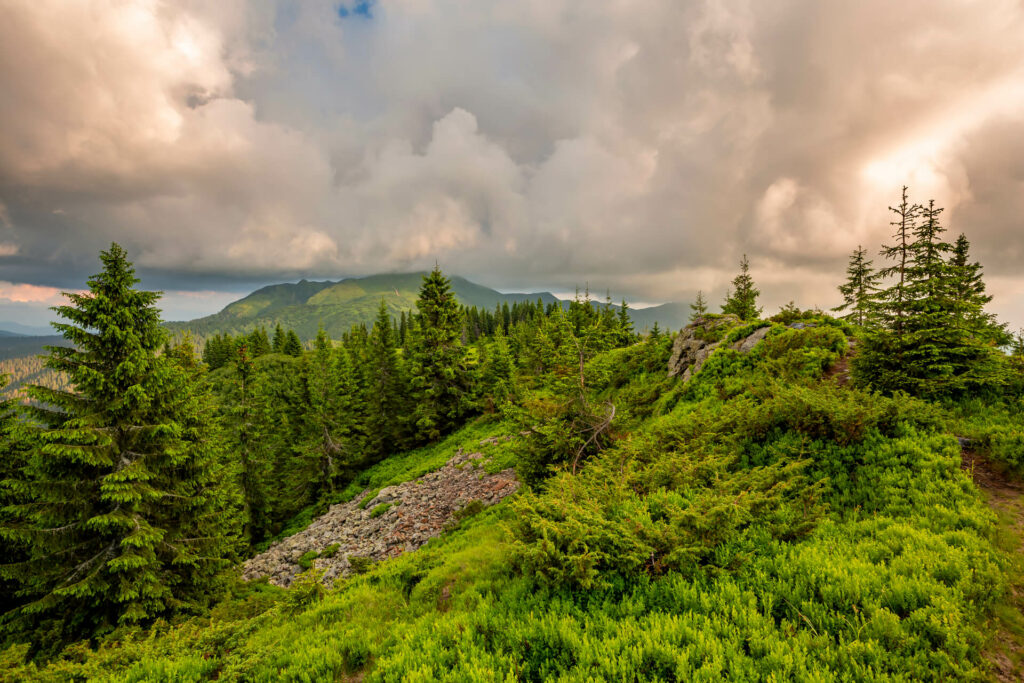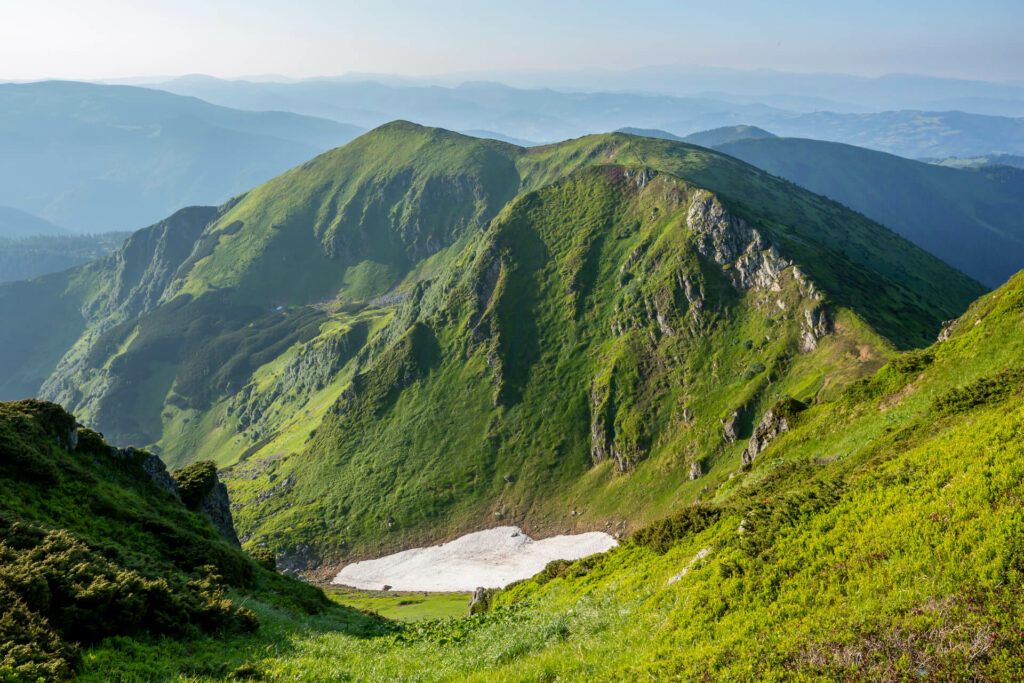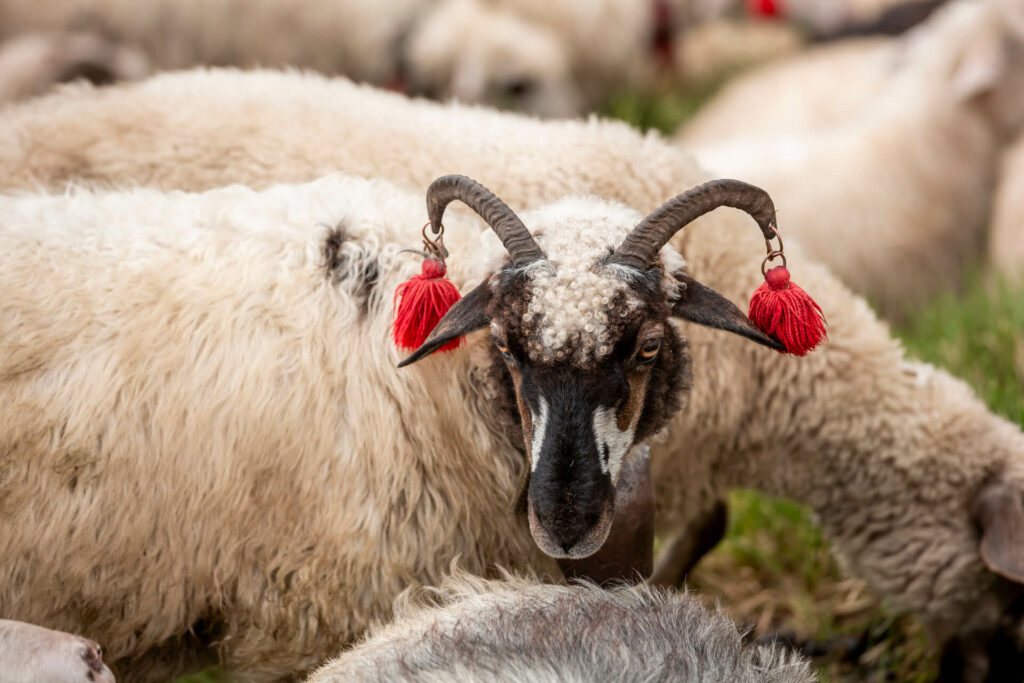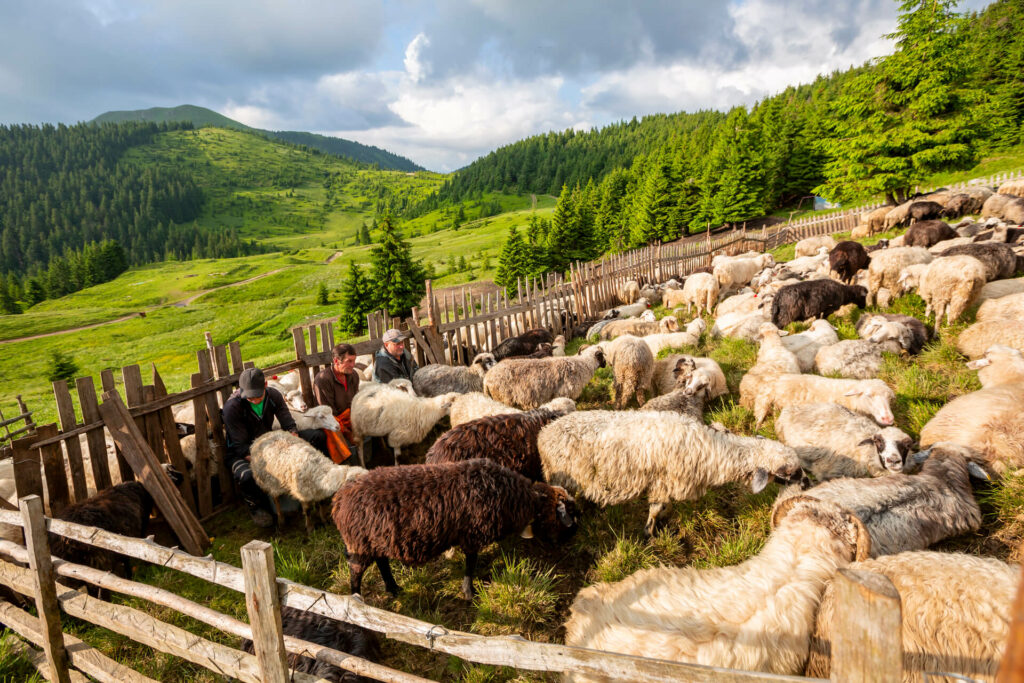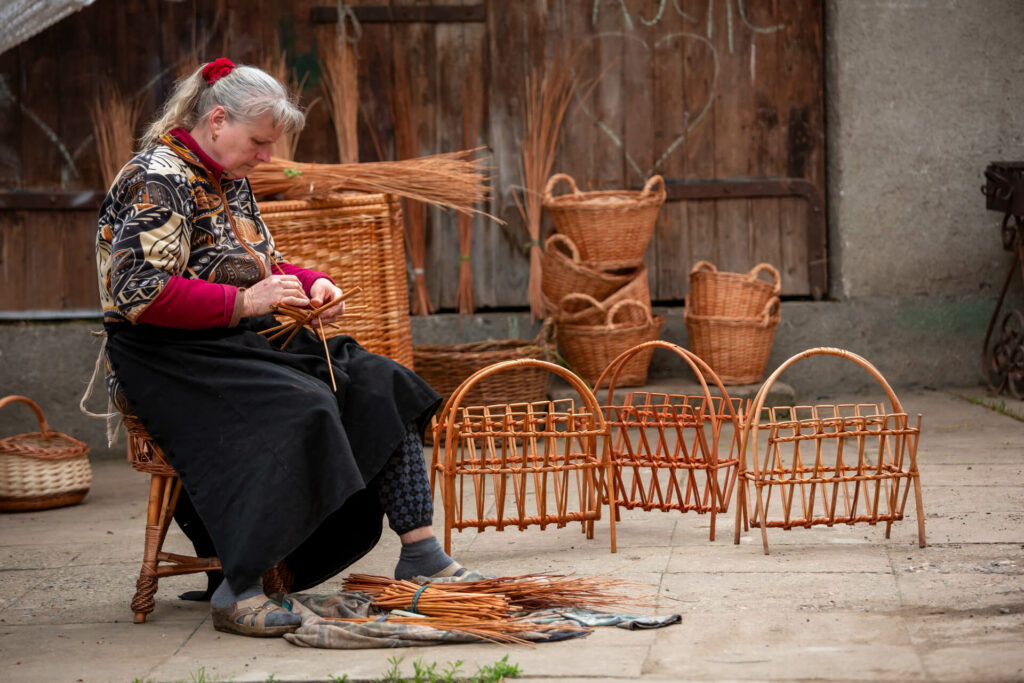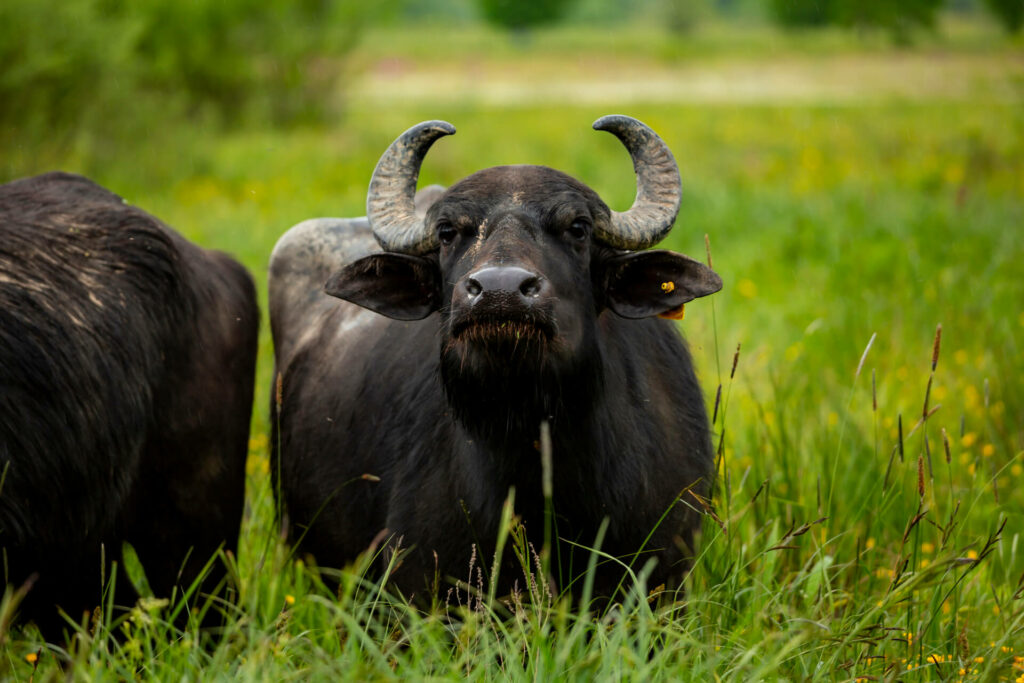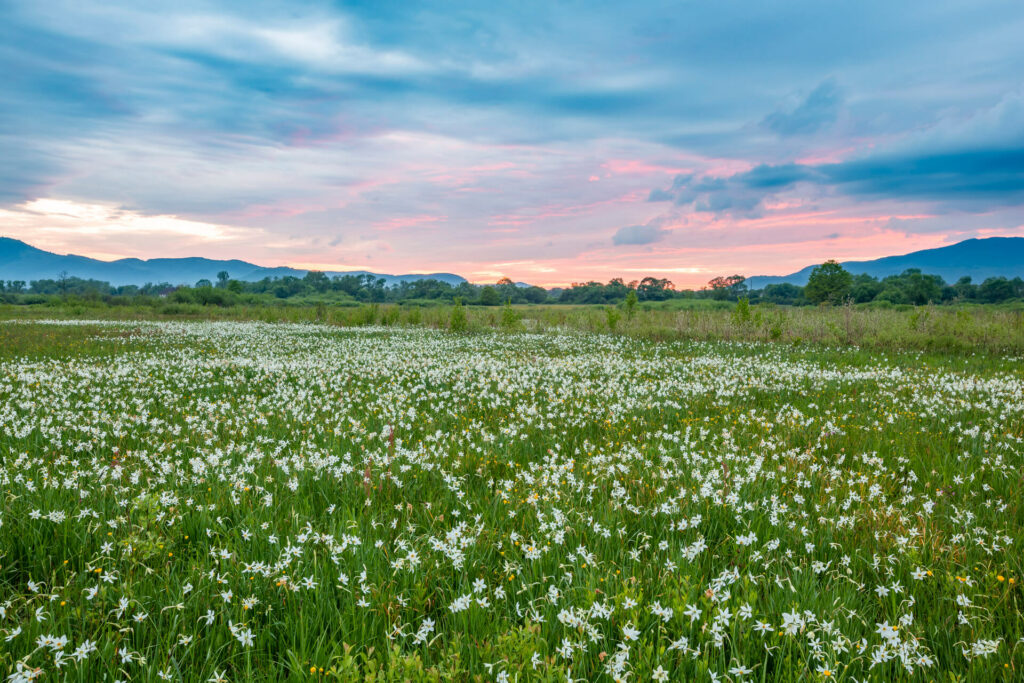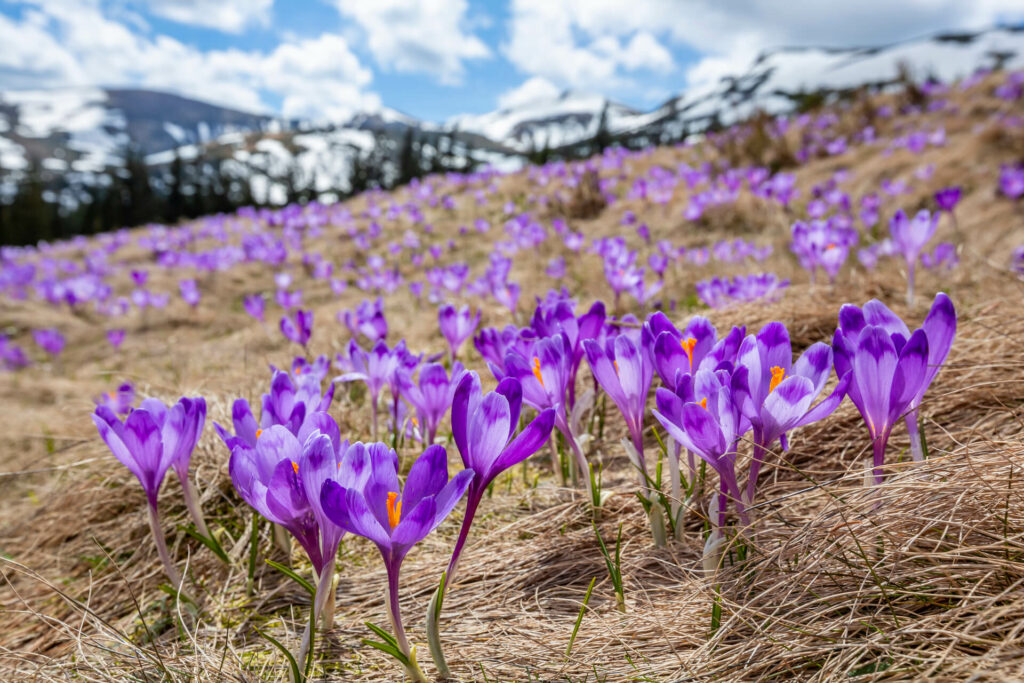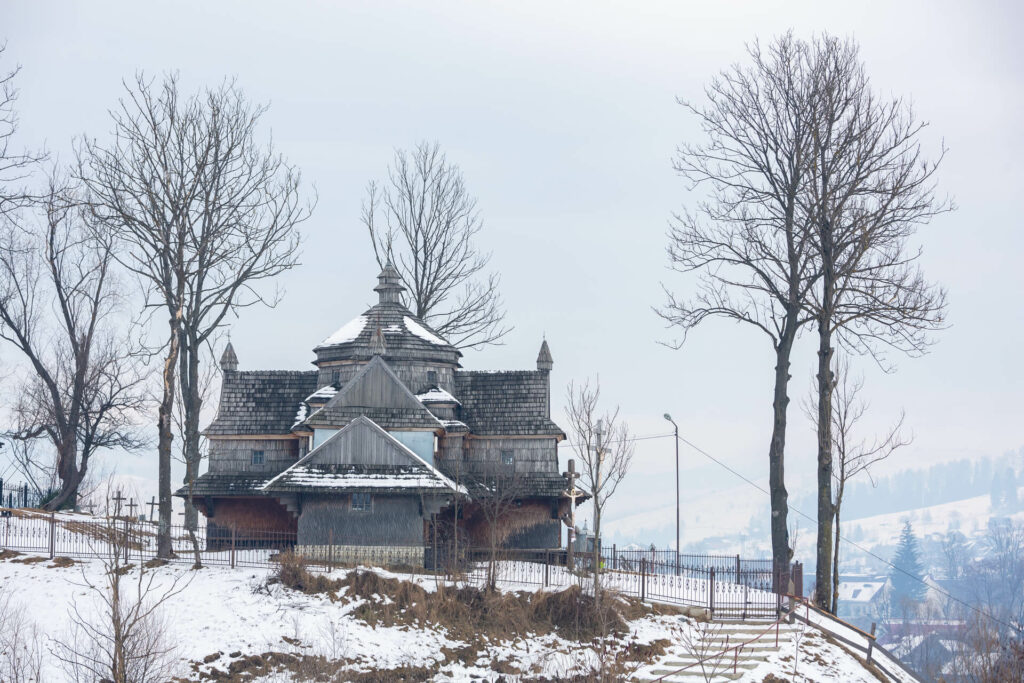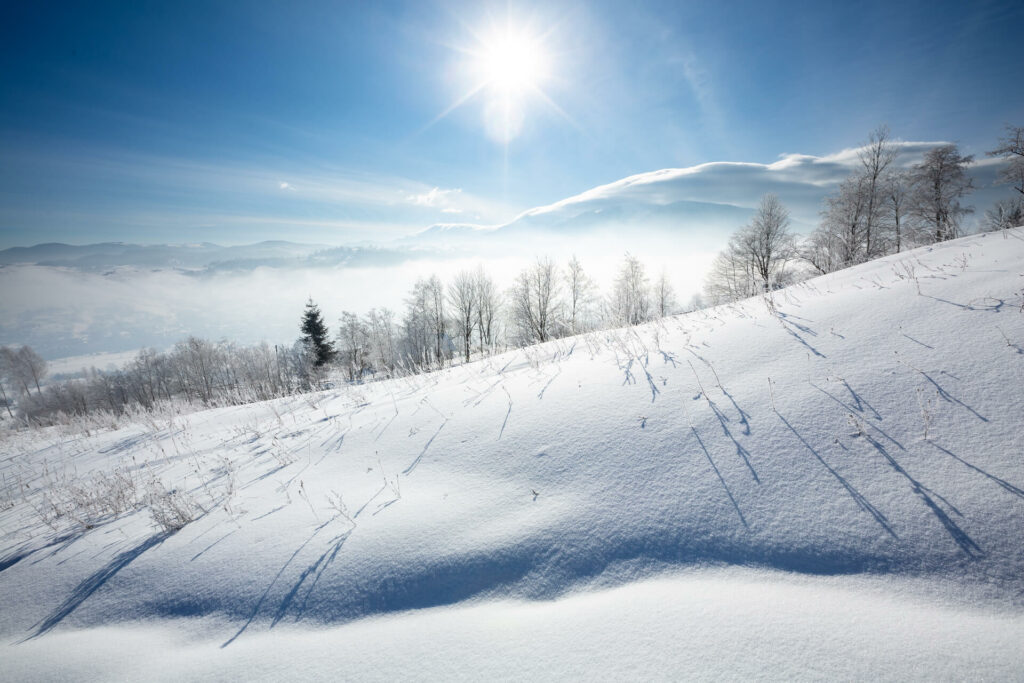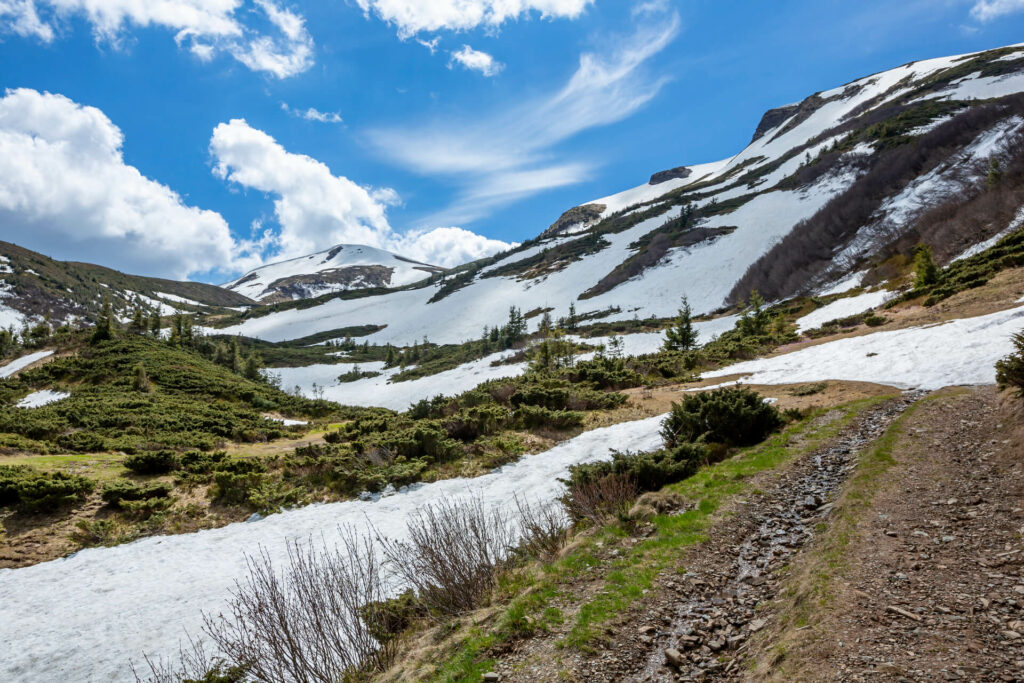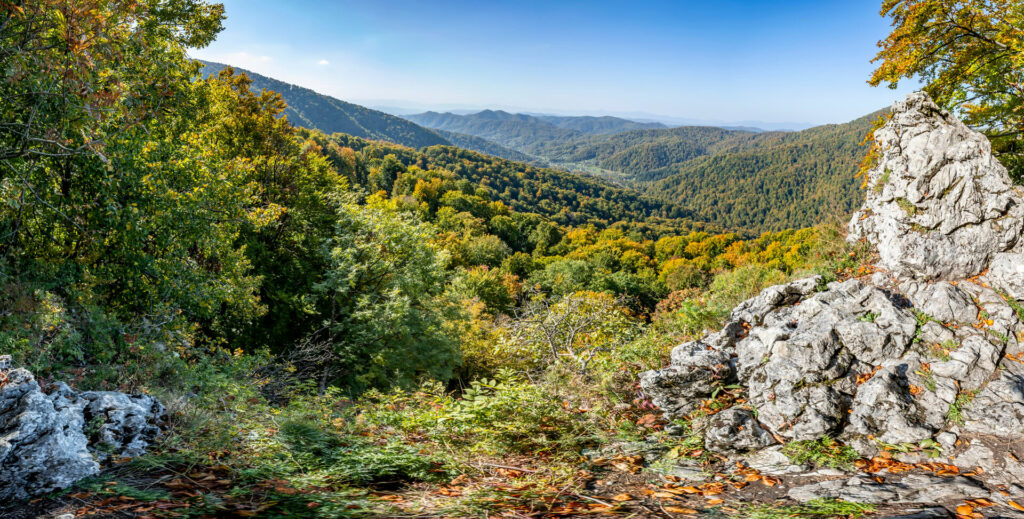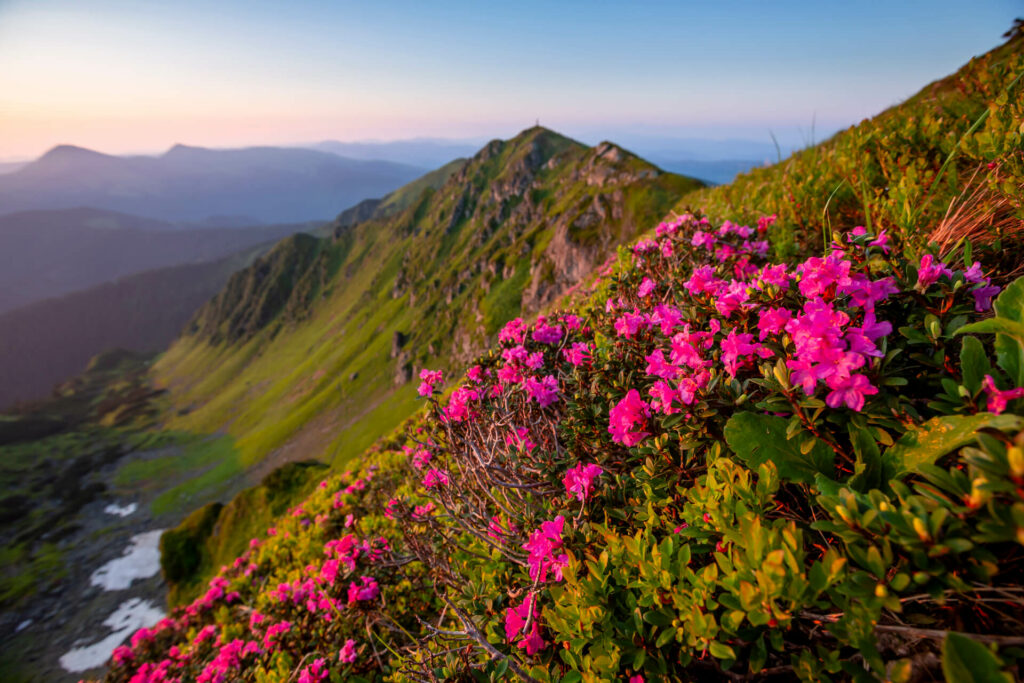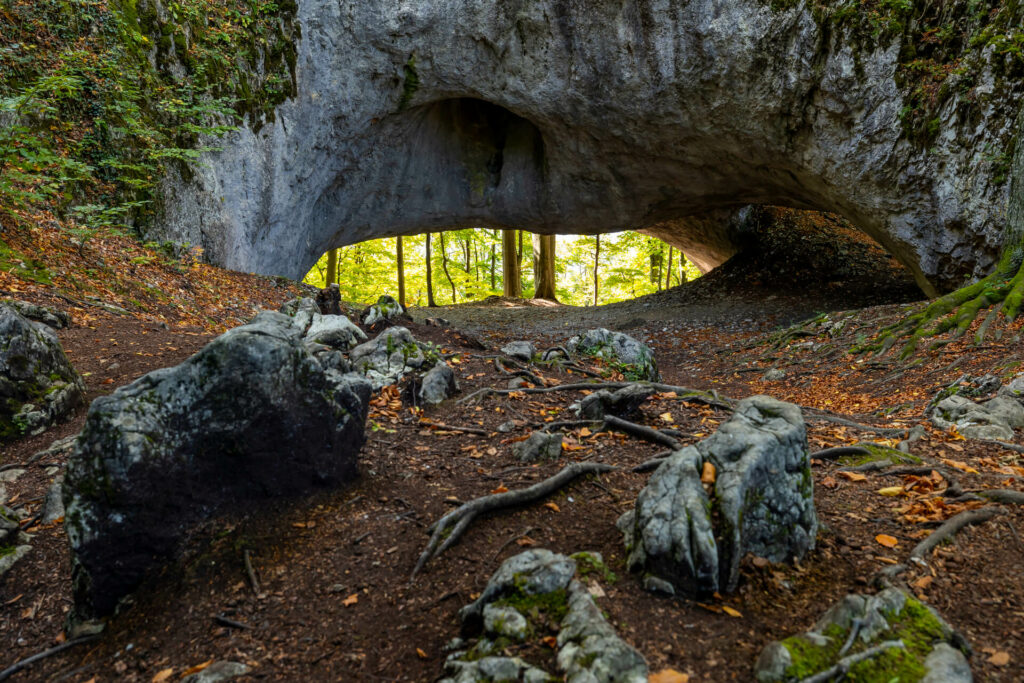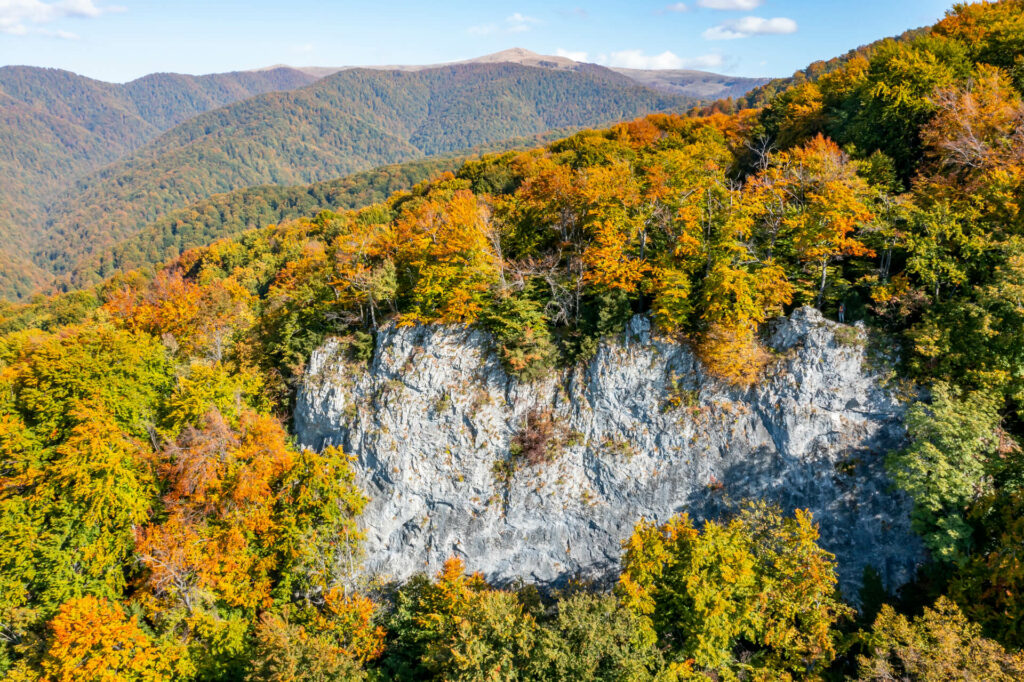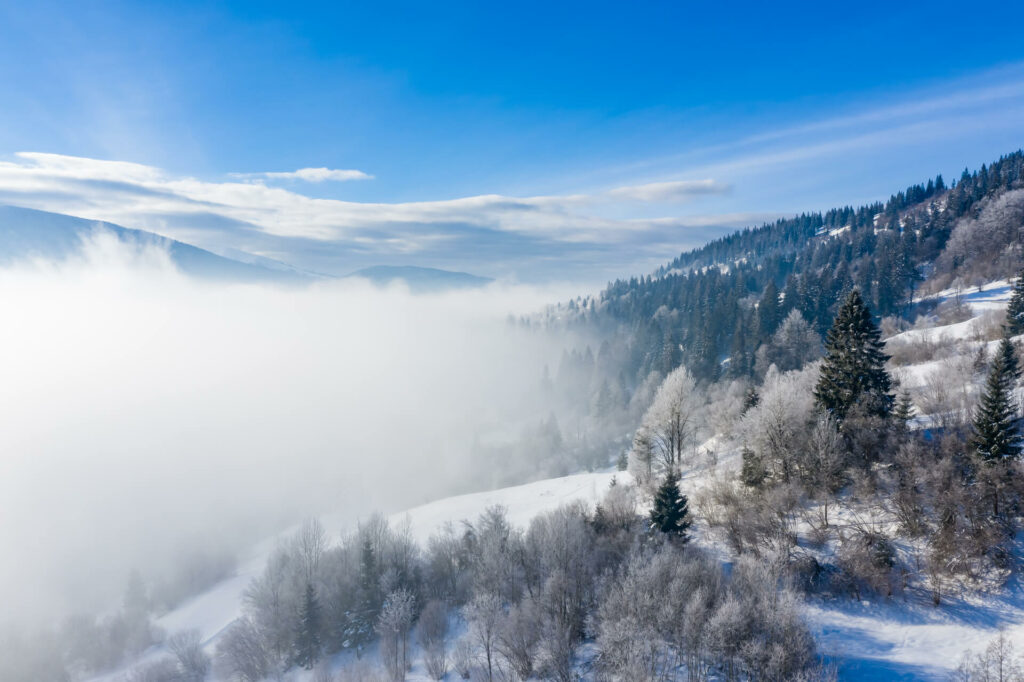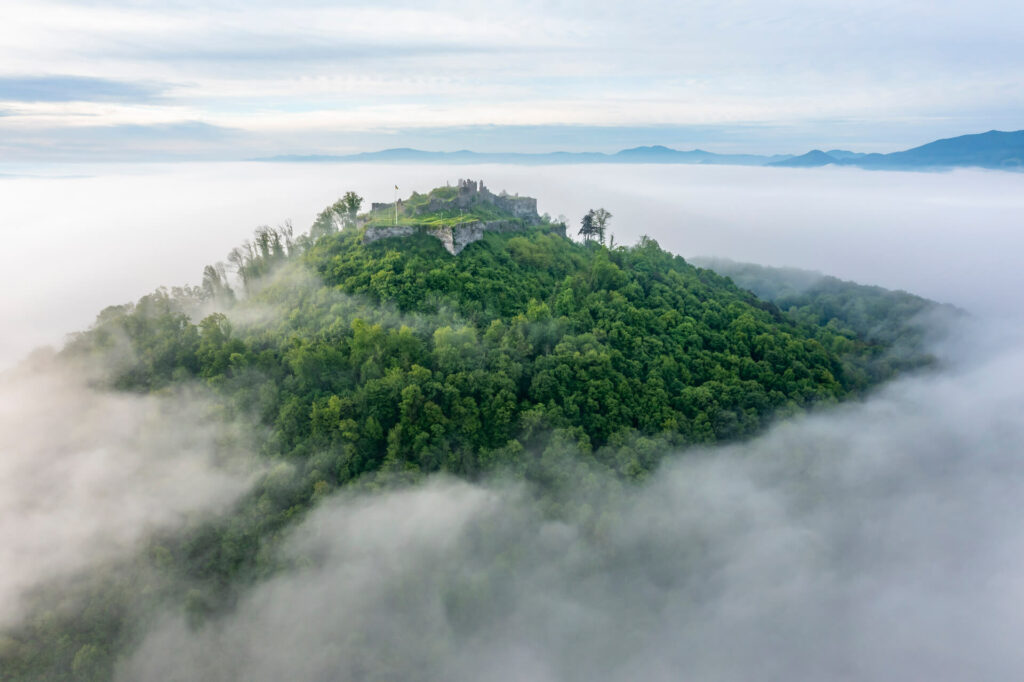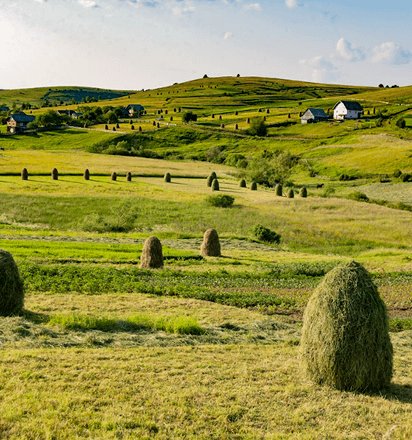Carpathian Biosphere Reserve
The Carpathian Biosphere Reserve was declared a UNESCO Biosphere Reserve in 1992 and is one of the largest nature conservation areas in Ukraine. The protected area is made up of eight separate locations, covering an area of 66,417 hectares. It includes iconic peaks such as Mount Blyznytsia and Mount Hoverla – Ukraine’s highest summit at 2061 meters.
Additionally, the biosphere reserve features high-altitude glacial lakes, some of the last remaining primeval European beech forests, the incredible floral displays of the Narcissus Valley, the mysterious depths of the Druzhba cave – the longest karst cave in the Ukrainian Carpathians –, and the location of the claimed geographical center of Europe. Nevertheless, these breathtaking sights give just a small flavour of the natural and cultural diversity of the region.
Park area 66417,4 Sq km.









From the lowland foothills, to the beech forest ecosystem and subalpine and alpine meadows carpeted in flora, the Ukrainian Carpathians possess unique natural diversity and habitats that span altitudes from 180 meters to over 2000 meters above sea level.
The reserve is situated in the Rakhiv, Tyachiv, Khust, and Berehiv districts of the Zakarpattia region. It comprises eight distinct areas: Svydovets, Chornohora, Kuziy-Trybushany, Marmarosky, Uholsko-Shyrokoluzhany, Narcissus Valley, and the internationally significant biosphere reserves: Chorna Gora (Black Mountain) and Yuliyivska Gora.
The region is classified into four different functional zones: protected areas, buffer landscapes, human-altered landscapes, and regulated nature reserves.
Overcoming the challenges caused by war. Since the start of the full-scale Russian invasion of Ukraine, the Carpathian Biosphere Reserve has provided shelter for internally displaced persons (IDPs). It was a difficult task for the park to adapt to become a refuge center: Frankfurt Zoological Society (FZS) offered support in preparing accommodation for the hundreds of people seeking refuge from the effects of the war. With support from partners in Romania, Germany, Poland, and Slovakia, FZS provided essential items including medicines, warm clothes, hygiene products, and food supplies. The organization also provided ongoing supplies of food and hygiene products for IDPs residing in the park’s temporary housing and those residing in surrounding communities.
Biodiversity monitoring. To qualitatively monitor the state of biodiversity in the Carpathian Biosphere Reserve, FZS utilizes the Spatial Monitoring and Reporting Tool (SMART) system. The system helps to collect, measure, and evaluate biodiversity data effectively and efficiently. Smartphones and other necessary equipment were purchased and provided to park security personnel. Additionally, training and ongoing user support is provided. Since 2021, camera traps have been used to monitor large predators.
Operating cost support. Due to constraints on state funding as a result of Russia’s ongoing invasion of Ukraine, FZS has been providing ongoing financial support for the implementation of the conservation plan in the park since May 2022. This assistance includes procuring office space, communications support, fuel expenses, maintenance and repair costs for vehicles, and electrical and computer equipment purchases.
Improving the ability to perform environmental protection tasks. FZS is the primary coordinator of the Support to Nature Protected Areas in Ukraine (SNPA) project. The initiative has facilitated the purchase of vehicles such as cars and motorcycles for park employees, distribution of uniforms to security personnel, and provision of essential computer and IT equipment delivered to support specialists in carrying out park operations.
Construction and reconstruction. As part of the SNPA project, buildings housing the main office of Carpathian Biosphere Reserve are undergoing renovations. As part of this initiative, FZS has funded the replacement of the roof of the Carpathian Biosphere Reserve’s museum, which was in a state of disrepair.
What do we do
By combining international experience with local knowledge and expertise, we support the preservation of the large areas of pristine and near-pristine nature in Ukraine. We mainly do this by supporting projects in major protected areas such as national parks, biosphere reserves, and large nature reserves.
